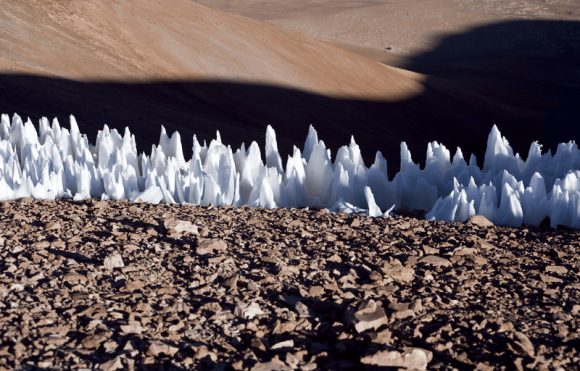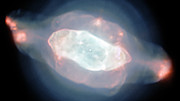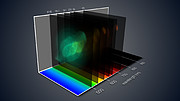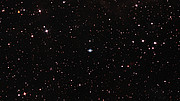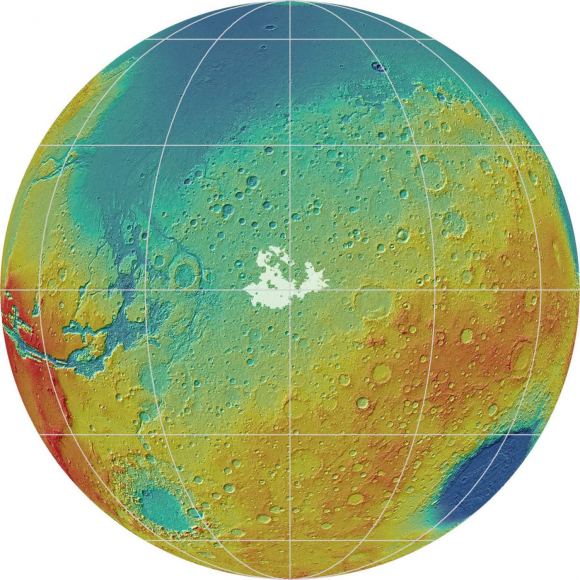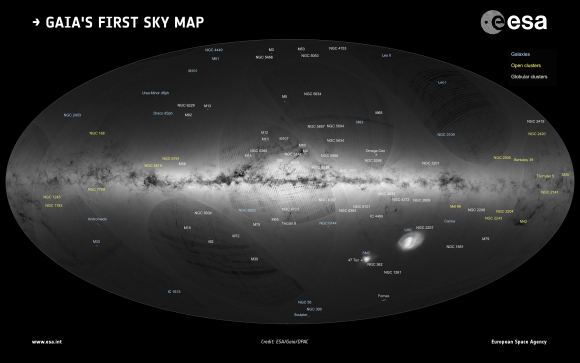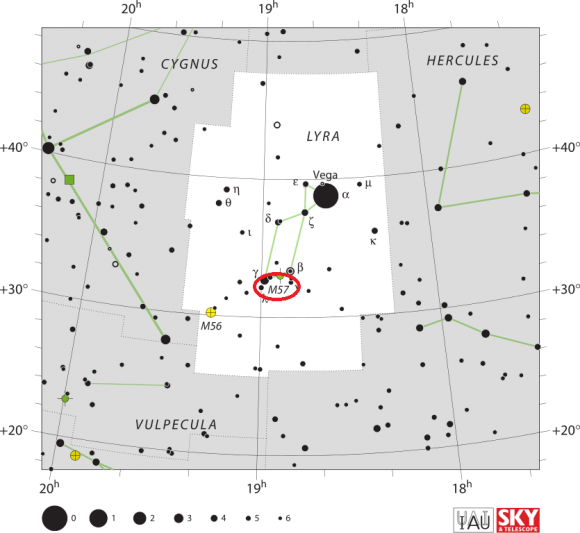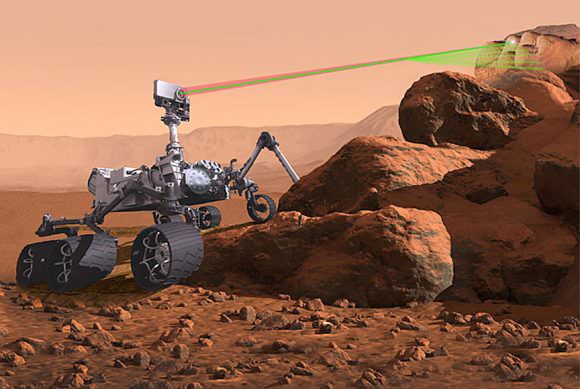New Study Provides Explanation for Pluto’s Giant Blades of Ice
New Study Provides Explanation for Pluto’s Giant Blades of Ice When it made its historic flyby of Pluto in July of 2015, the New Horizons spacecraft gave scientists and the general public the first clear picture of what this distant planetoid looks like. In addition to providing breathtaking images of Pluto’s “heart”, its frozen plains, and mountain chains, one of the more interesting features it detected was Pluto’s mysterious “bladed terrain”. According to data obtained by New Horizons, these features are made almost entirely out of methane ice and resemble giant blades. At the time of their discovery, what caused these features remained unknown. ButRead More →
